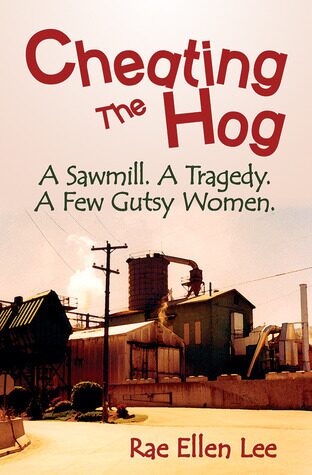
Summary of Cheating the Hog: A Sawmill, A Tragedy, A Few Gutsy Women
Introduction and Main Characters
Cheating the Hog: A Sawmill, A Tragedy, A Few Gutsy Women by Ann Matthews is a non-fiction book that chronicles the lives of a group of courageous women in rural Pennsylvania who challenge the status quo in a male-dominated industry. The central figures in the story are the women who work at the C & W Lumber Company, a sawmill that becomes the focal point of their struggle. Among them, the primary characters include Barbara, who is a pivotal force in organizing the women, and Ruth, whose personal experiences highlight the broader systemic issues faced by female workers. Their lives intersect with the broader historical and social challenges of the mid-20th century.
Central Conflict and Key Events
The central conflict of the book revolves around the women’s fight for better working conditions and fair treatment at the sawmill. The C & W Lumber Company is notorious for its unsafe working environment and inadequate compensation, issues that come to a head following a tragic accident at the mill. This accident serves as a catalyst, leading the women to confront both the company and the deeply ingrained gender biases of their community. As they advocate for their rights, they face significant opposition, including resistance from male coworkers and a lack of support from local authorities.
Key events in the story include the aftermath of the accident, which sparks a series of protests and strikes organized by the women. Their efforts to improve safety standards and secure fair wages bring them into direct conflict with the company’s management, resulting in a tense and prolonged struggle. Throughout the narrative, the women demonstrate remarkable resilience and solidarity, challenging societal norms and enduring personal sacrifices. The story highlights their strategic maneuvers, including forming alliances with labor unions and seeking legal redress, which ultimately lead to significant changes in the working conditions at the mill.

